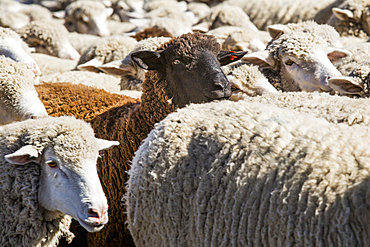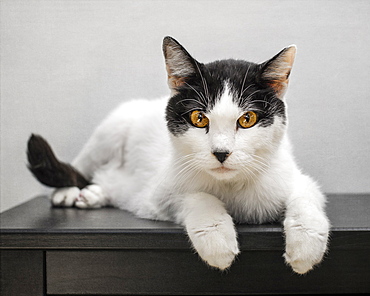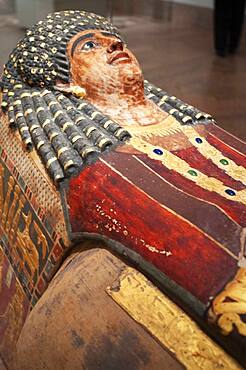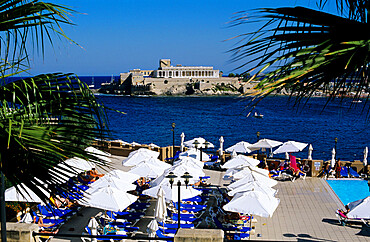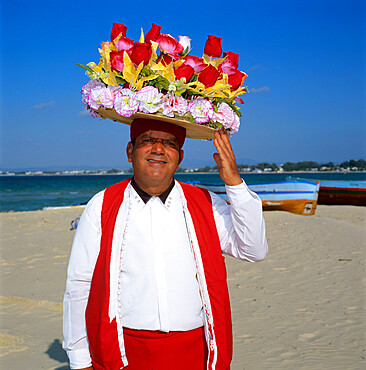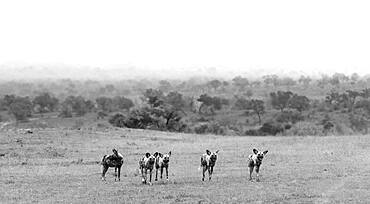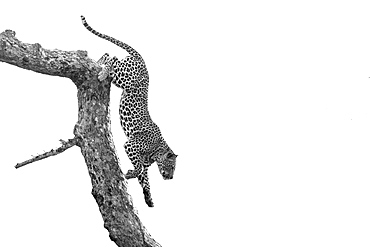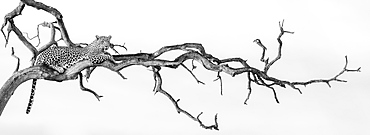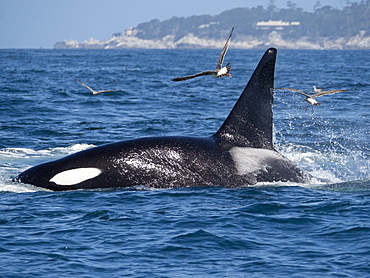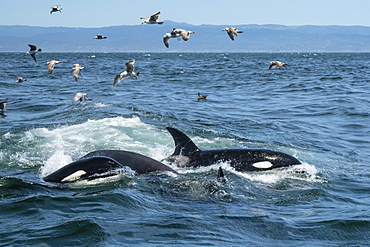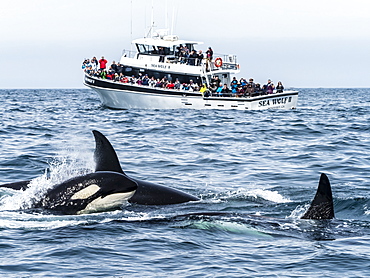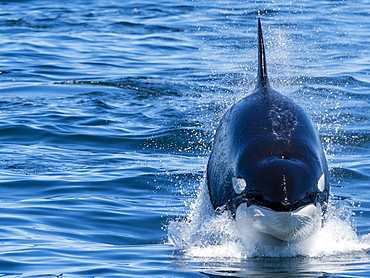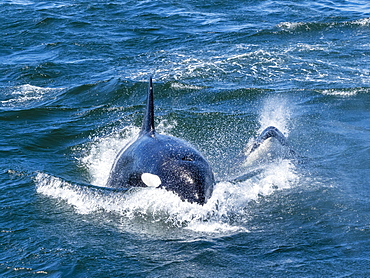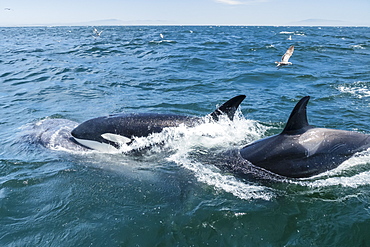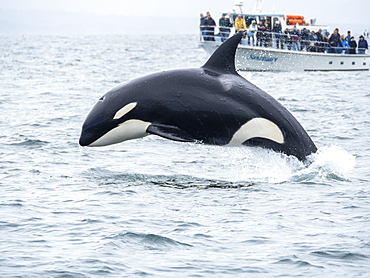Recent searches
Loading...
1350-6678 - Strawberry Poison Frog (Dendrobates pumilio), adult, Bastimentos National Park, Bocas del Toro, Panama. The strawberry poison frog or strawberry poison-dart frog (Oophaga pumilio or Dendrobates pumilio) is a species of small amphibian poison dart frog found in Central America. It is common throughout its range, which extends from eastern central Nicaragua through Costa Rica and northwestern Panama. The species is often found in humid lowlands and premontane forest, but large populations are also found in disturbed areas such as plantations. The strawberry poison frog is perhaps most famous for its widespread variation in coloration, comprising approximately 15���30 color morphs, most of which are presumed to be true-breeding. O. pumilio, while not the most poisonous of the dendrobatids, is the most toxic member of its genus. The species is most diverse in Panama with varieties in vivid shades of all red, orange, blue, yellow or green, green and yellow, white with red, orange or black and spotted varieties. The most colorful mix is found in Isla Bastimentos Marine National Park though not all in one place. Colors vary by location. A beach on the north side of the island is named after the species. Two of Southern Explorations' Panama tours visit red frog habitat. Both the eight-day Panama Adventure trip and eleven-day Panama Highlights trip spend time in Isla Bastimentos Marine National Park and the former also goes to Red Frog Beach.
The red frog is not as poisonous as some of its cousins and is not a threat to humans. It subsists on a diet of ants that dine on poisonous plants, providing the red frog its protective skin toxin. Males attract females with a loud quick chirp. To hear the distinctive sound before you depart on your Panama tours, go to the University of Michigan Museum's biodiversity website (www.animaldiversity.ummz.umich.edu.) After birth, the tadpoles climb aboard the mother who deposits them in different protected areas where she retu
1336-631 - Black and white image of Italian countryside in spring with morning fog covering cherry blossom, Italy, Europe
845-1104 - Black and White House Museum, Hereford, Herefordshire, England, United Kingdom, Europe
1111-208 - Black and white ruffed lemur, Lemur Island. Madagascar, Africa
1184-6865 - Black river and white sand beach in front of granite hills, Cerros de Mavecure, Eastern Colombia, South America
1184-6866 - Black river and white sand beach in front of granite hills, Cerros de Mavecure, Eastern Colombia, South America
1336-453 - Black and white Landseer dog breed standing, Italy, Europe
1112-6569 - Argentine black and white tegu (Salvator merianae), Pousada Piuval, Mato Grosso, Pantanal, Brazil, South America
1178-41025 - Legs of woman with polka-dot high heel on checkerboard pattern
1178-41024 - Legs of women with polka-dot high heel on checkerboard pattern
1178-41925 - Smiling women toasting with white wine
1178-41924 - Woman pouring bottle of white wine for friends
1178-40954 - Contemporary Dining Table with Place Settings and Chopsticks
1178-40810 - Smiling Black man leaning on graffiti wall
1178-40809 - Serious Black man leaning on graffiti wall
1178-40803 - Smiling Black man holding cell phone on footbridge
1178-40808 - Smiling Black man texting on cell phone
1178-40806 - Curious Black man leaning on chain-link fence
1174-10723 - An African elephant and calf, Loxodonta africana, walk through a clearing, side on, in black and white, Londolozi Wildlife Reserve, Sabi Sands, Greater Kruger National Park, South Africa
1174-10722 - An elephant mother and calf, Loxodonta africana, walk across a dry river bed in black and white , Londolozi Game Reserve, Sabi Sands, Greater Kruger National Park, South Africa
1178-37707 - People wearing black robes and white masks standing in forest
1178-37709 - People wearing black robes and white masks in forest
1178-37708 - People wearing black robes and holding white masks in forest
1174-10639 - The trunk of an elephant, Loxodonta africana, in black and white
1174-10719 - An elephant, Loxodonta africana, walks towards the camera, low angle, black and white.
1174-10716 - Two zebras, Equus quagga, raise up on their hind legs and fight
1174-10534 - A wild dog, Lycaon pictus, sits in long grass and looks out of frame, black and white, Londolozi Game Reserve, South Africa
1178-32482 - Multi-ethnic people dancing at nightclub
1178-32369 - Multi-ethnic women with feet in swimming pool
1178-32167 - Doctor holding stethoscope on pregnant woman's belly
1178-32368 - African woman shaking hands with businesswoman
1178-32477 - Multi-ethnic people dancing at nightclub
1350-2075 - Artemidora, A.D. 90-100. From Meir. Mummy. Metropolitan Museum of Art, New York, USA. The mask portrays a young woman lying flat as if upon her bier. Her hair is arranged in tiers of snail curls over her forehead. Alongside her face flows a black Egyptian-style wig, the long locks bound with narrow rings of gold in pharaonic fashion.
846-127 - View over bay and pool area of Corinthia San Gorg Hotel, St. George`s Bay, Malta, Mediterranean, Europe
846-98 - Doorway to Turkish baths in the Medina, Hammamet, Cap Bon, Tunisia, North Africa, Africa
846-207 - Piazza 9th Aprile, Taormina, Sicily, Italy, Europe
846-205 - Piazza 9th Aprile, Taormina, Sicily, Italy, Europe
846-96 - Traditional Tunisian doorway, Sidi Bou Said, Tunisia, North Africa, Africa
846-56 - Cobbled street and old houses on Church Square, Rye, East Sussex, England, United Kingdom, Europe
846-591 - Allied War Cemetery, Soudha Bay, Akrotiri Peninsula, Chania region, Crete, Greek Islands, Greece, Europe
846-105 - Flower seller on the beach, Hammamet, Cap Bon, Tunisia, North Africa, Africa
846-612 - The harbour, Cres Town, Cres Island, Kvarner Gulf, Croatia, Adriatic, Europe
1174-10184 - A pack of wild dogs, Lycaon pictus, stand in a clearing, in black and white, Sabi Sands, South Africa
846-354 - Ostrog Monastery, Tramontana, Montenegro, Europe
846-392 - Betancuria church, Betancuria, Fuerteventura, Canary Islands, Spain, Europe
846-1068 - White Andalucian village at sunset, Casares, Andalucia, Spain, Europe
846-1133 - Flower petals in hotel lobby, Goa, India, Asia
846-381 - View over village, Betancuria, Fuerteventura, Canary Islands, Spain, Europe
846-379 - Church of Nuestra Senora de la Candelaria, La Oliva, Fuerteventura, Canary Islands, Spain, Europe
846-378 - Windmill set in volcanic landscape, Villaverde, Fuerteventura, Canary Islands, Spain, Europe
846-1079 - Sunset over white village, Montefrio, Andalucia, Spain, Europe
846-281 - Statue of Johann Strauss, Stadtpark, Vienna, Austria, Europe
846-748 - Fishing boats at dawn, Calella de Palafrugell, Costa Brava, Catalonia, Spain, Mediterranean, Europe
846-592 - Allied War Cemetery, Soudha Bay, Akrotiri Peninsula, Chania region, Crete, Greek Islands, Greece, Europe
846-505 - Interior, Notre Dame Cathedral, UNESCO World Heritage Site, Amiens, Picardy, France, Europe
846-167 - Palm Sunday procession, Enna, Sicily, Italy, Europe
846-475 - The Post Office Savings Bank facade in Art Nouveau style, Budapest, Hungary, Europe
846-3026 - Two white sheep below Staple Tor near Merrivale, Dartmoor National Park, Devon, England, United Kingdom, Europe
846-3025 - Two white sheep below Staple Tor near Merrivale, Dartmoor National Park, Devon, England, United Kingdom, Europe
1174-9228 - A leopard, Panthera pardus, climbs down a tree branch, black and white, whited out background, Londolozi Wildlife Reserve, Greater Kruger National Park, South Africa
1174-9204 - High angle close up of a cappuccino on a black marble table, Watlington, Oxfordshire, United Kingdom
1174-8790 - A side profile of a male lion, Panthera leo, lying in tall grass, looking up, at night, lit up by spotlight, in black and white, Sabi Sands, Greater Kruger National Park, South Africa
1174-8799 - A leopard, Panthera pardus, lies in a dead tree, looking out of frame, in black and white, Sabi Sands, Greater Kruger National Park, South Africa
1174-8787 - A male lion, Panthera leo, walks through a clearing towards the camera, in black and white, Sabi Sands, Greater Kruger National Park, South Africa
1174-8797 - A side view of a pied kingfisher, Ceryle rudis, standing on a log, holding a fish between its beak, Sabi Sands, Greater Kruger National Park, South Africa
252-11328 - Matsumoto-jo (Matsumoto Castle), three-turreted donjon built in 1595 in contrasting black and white, Matsumoto, Nagano Prefecture, Central Honshu (Chubu), Japan, Asia
252-11329 - Matsumoto-jo (Matsumoto Castle), three-turreted donjon built in 1595 in contrasting black and white, Matsumoto, Nagano Prefecture, Central Honshu (Chubu), Japan, Asia
252-11291 - Matsumoto-jo (Matsumoto Castle), the three-turreted donjon built in 1595 in contrasting black and white, surrounded by a moat, Matsumoto, Nagano Prefecture, Chubu, Central Honshu, Japan, Asia
252-11326 - Matsumoto-jo (Matsumoto Castle), three-turreted donjon built in 1595 in contrasting black and white, surrounded by a moat with access across ornate red bridges, Matsumoto, Nagano Prefecture, Central Honshu (Chubu), Japan, Asia
718-2473 - White-faced capuchin monkey (Cebus capucinus) in rainforest, Manuel Antonio National Park, Puntarenas Province, Costa Rica, Central America
718-2474 - White-faced capuchin monkey (Cebus capucinus) in rainforest, Manuel Antonio National Park, Puntarenas Province, Costa Rica, Central America
958-1206 - Puffin head close up from the side on Skomer, Wales, United Kingdom, Europe
958-1207 - Puffin flapping in the rain on Skomer, Wales, United Kingdom, Europe
958-1208 - Puffin with eels in the rain on Skomer, Wales, United Kingdom, Europe
1112-4904 - Transient killer whale (Orcinus orca) killing a California grey whale calf, Fishermans Cove, Carmel, California, United States of America, North America
1112-4901 - Transient killer whales (Orcinus orca), feeding on a California grey whale calf, Monterey Bay, California, United States of America, North America
1112-4897 - Transient killer whale (Orcinus orca), near whale watching boat, Monterey Bay National Marine Sanctuary, California, United States of America, North America
1112-4899 - Transient killer whales (Orcinus orca), near whale watching boat, Monterey Bay National Marine Sanctuary, California, United States of America, North America
1112-4900 - Transient killer whale (Orcinus orca), power lunging, Monterey Bay National Marine Sanctuary, California, United States of America, North America
1112-4903 - Transient killer whales (Orcinus orca), pursuing a California grey whale calf, Monterey Bay, California, United States of America, North America
1112-4902 - Transient killer whales (Orcinus orca) feeding on a California grey whale calf, Monterey Bay, California, United States of America, North America
1112-4898 - Transient killer whale (Orcinus orca), breaching near whale watching boat, Monterey, California, United States of America, North America
1116-48535 - Snow geese (Anser caerulescens) in formation during migration, Klamath Basin National Wildlife Refuge, Merrill, Oregon, United States of America
1174-8149 - A giant kingfisher, Megaceryle maxima, takes off into flight from a bush, wings spread, Londolozi Game Reserve, Sabi Sands, South Africa
















